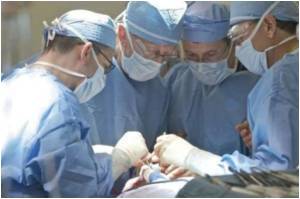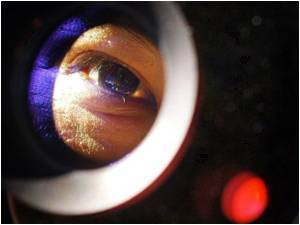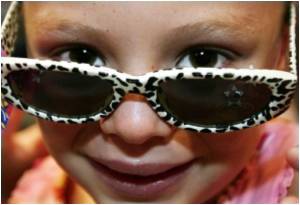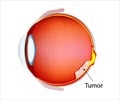Using facial scanning software and 3-D printing, researchers have developed a fast and inexpensive way to make facial prostheses for eye cancer patients.

In the United States, more than 2,700 new cases of eye cancer are diagnosed each year, according to the American Cancer Society, and the mortality rate is high for the disease. Some patients undergo a life-saving surgery known as exenteration that involves removing the contents of the eye socket and other tissue. The research team hopes to bring these patients relief by providing a more affordable facial prosthesis that will allow them to live their lives more fully and with less stigma.
Conventional facial prostheses can cost $10,000 to $15,000 and take weeks to produce. Each one is created by an ocularist, an artisan who makes a mold of the face, casts it using rubber and then adds the final touches such as skin color and individual eyelashes. Patients and their families often have to pay out-of-pocket for facial prostheses because health insurance oftentimes will not cover the cost.
University of Miami researchers developed a process to manufacture facial prostheses in a matter of hours at a fraction of the cost of a traditional prosthesis using topographical scanning and 3-D printing technology. Patients are scanned on the undamaged side of their face using a mobile scanner. The software then creates a mirror image. Along with a scan of the side of the face with the orbital defect, the program can mesh the two scans together to create a 3-D image of the face. The topographical information then goes to a 3-D printer, which translates the data into a mask formed out of injection-molded rubber suffused with colored pigments matching the patient's skin tone.
The project started as the brainchild of David Tse, M.D., professor of ophthalmology at the Bascom Palmer Eye Institute in Florida and the Nasser Ibrahim Al-Rashid chair in ophthalmic plastic, orbital surgery and oncology. Dr. Tse was treating a child with eye cancer who had both eyelids removed and underwent exenteration. The family could not afford an ocularist, so Dr. Tse raised donations to help pay for her first prosthesis. Now a teenager, she has grown out of the prosthesis and must instead wear an eye patch.
"Hopefully, using this quick and less expensive 3-D printing process, we can make an affordable facial prosthesis for her and also help thousands of other people like her who lack the resources to obtain one through an ocularist," said Dr. Tse.
Advertisement
"Once we have a patient scanned, we have the mold, so we can create a new prosthesis in no time," said Landon Grace, Ph.D., director of the lab and an assistant professor of mechanical and aerospace engineering. "Our long-term goal is to help patients anywhere in the world. We could get a mobile scan, download the data in Miami, print out the prosthesis and ship it back to the patient the next day."
Advertisement















